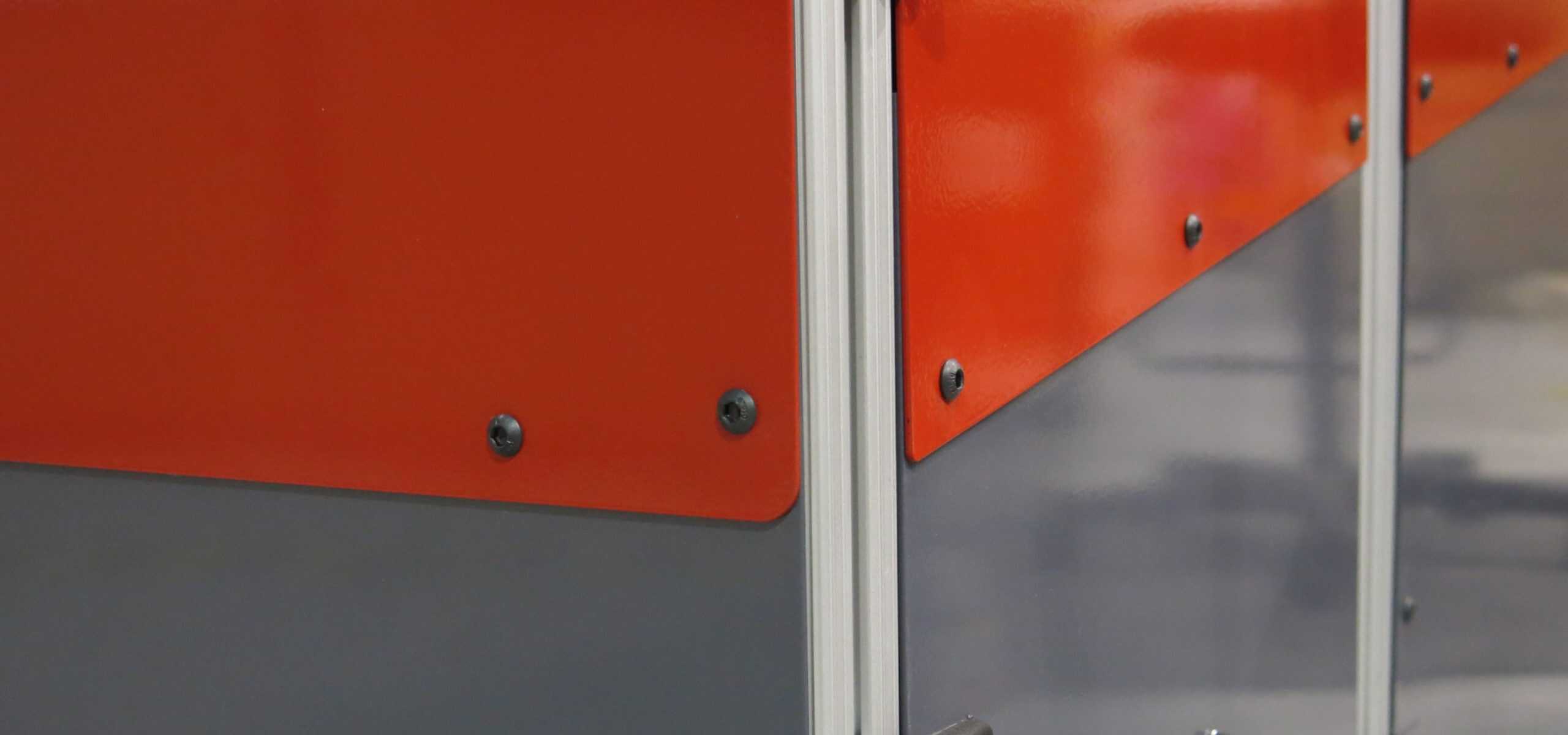Posted on: December 20, 2019
Distribution centers typically deal with different types and sizes of items that need to be picked and packed to match an order. This procedure includes operators who need to sort and pick items to fill the order, which then gets bagged or boxed. A packing slip and/or invoice is then inserted, and often some sort of marketing collateral is added to the order. This process is called multiple line item order fulfillment – or multies, which take operators longer to complete than a single line item order.
One of the methods used to improve multi line item order throughput is the semi-automatic process of sorting by wave picking. This system involves picking 20 to 30 orders of multiple items and processing in a single wave. These wave orders are usually packed into totes, which can number anywhere between 3 to 5 on the conveyor line at any one time, often overwhelming the operators. In order to improve on this methodology the system needs to be streamlined and simplified, embracing the concept of one transaction at a time.
One such system provides operators with a sorting table and a rack with put-to-light sortation slots (cubbies) / Sort Station where multiple items can be sorted by order. This system ensures that all of the items needed to complete the order can be accumulated in one cubby. Once the order has been filled it is then dropped into a tray, tote or carton and transferred to the next station along the line. This configuration works well for multi line item order fulfillment, but there are instances where certain orders will be finished quicker than others and the sorting wall is only being used at a fraction of its capacity.
Fulfillment integration and control software (FICS) streamlines the order throughput by keeping order items moving and sorting them into cubbies as they become vacant. Once an order has been completed and moved to the next station, items from another order are immediately placed into newly vacated cubby. The result is that, even though a wave is only partially complete, the orders will continue to filter through to the bagger or cartoning station. This means there is less operator movement per order, and they are able to perform their tasks quicker in the sorting process resulting in more items per hour than conventional Put-To-Light systems.
The FICS software also controls the order verification station, which takes a photograph of each item in the cubbies as the order passes through. The captured images can be useful in customer dispute resolutions. For example, if a customer claims that they received only 3 of 4 items ordered, the photo evidence can show that all of the items were packed and that the order was complete before it was placed into the shipping container, bag or carton. Further proof that the order was complete before it left the distribution center could be supplied by the check-weighing station, which would have registered the exact weight of the order before it shipped.
Following on from order fulfilment, the next stages along the line can be fully automated. These include the printing and inserting of the packing slip and/or shipping label, using PSI’s print on demand Print Feeder. Additional collateral and items such as gift cards can also be inserted by a PSI’s LC In-Feeder, pre-printed collateral feeder. The feeder can automatically “load” the gift card amount (eg. $25, $50) by scanning the barcode and registering the amount onto the card and the store’s database.
At the final bagging or cartoning stage there is an opportunity to save on costs. For example, once an order is conveyed to the bagging/shipping sorter, although the bag width is fixed, the length can be trimmed for material savings. At this stage, the bagger can also accommodate customizations, like including a hang hole in the bag. Cartons can be either prepared to the preselected cube or the height can be reduced with dimension reducing machines.
By introducing automatic and semi-automatic pack station systems you will be able to lower the number of touches per order, reduce operator headcount on the line and find other opportunities to save on costs. The PSI Rapid Sort-N-Pak system can process between 200 and 300 items per hour, which far exceeds the speed and efficiency of other put walls. The Sort-N-Pak also lessens the workload for the operator by reducing the walk distance described above, lowering the number of touches, and it reduces human error, both of which lead to increased order throughput.
PSI Engineering designs, builds and integrates fully configured pack station and order fulfillment automation solutions for even the most complex high-volume distribution environments. Our systems ensure improved order accuracy, greater reliability, seamless operation and reduced labor costs. To find out how we can help you automate the last 100 feet of your sortation and pack station area, contact us today.




